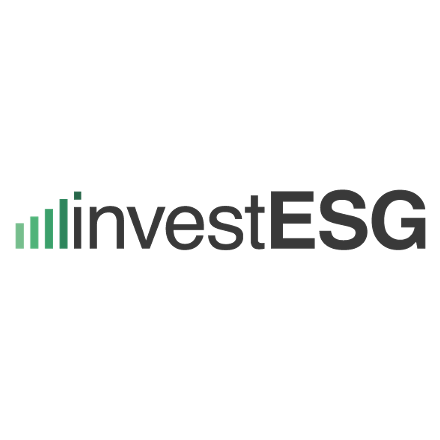

© Kelvin Han
61 major asset owners call for larger scale ‘blended finance’ to help solve $1 trillion climate finance gap for emerging marketsNew position paper seeks to flesh out COP commitments with practical discussion around financing real economy transition in emerging markets.The Net Zero Asset Owner Alliance hones in on obstacles deterring investment and how to overcome them: elevated risk perception; restricted market access; and lack of data transparency.Investments can be mobilised by leveraging Multilateral Development Banks and Development Finance Institutions on the ground.Paper invites engagement on use of public-private partnerships and blended capital flows to enable accelerated growth of climate solutions.Emerging markets may need up to US $1trn a year to build a netzero economy 1 , yet developed nations have so far even struggled to deliver on a target of US $100bn climate finance. 2Today, the UN-convened Net Zero Asset Owner Alliance releases an in-depth discussion paper laying out the potential for ‘blended finance’ 3 at scale to help find solutions to this shortfall. It emphasises the need for Multilateral Development Banks (MDBs) and Development Finance Institutions (DFIs) to better use blended finance mechanisms to mobilise and scale green private capital investment in Emerging Markets (EMs) and Least Developed Countries (LDCs).The new paper Scaling Blended Finance investigates barriers, from high risk to market restrictions, and offers blended finance vehicles and scaling options for vehicles to deliver massive investment in this segment. It reports that the public sector alone cannot provide the investment needed to finance the transition in EMs and calls for an increase in the volume of private capital mobilised through blended finance, which currently averages US$1 (public/philanthropic): US$4.05 (private). 4The paper distinguishes large-scale blended finance as an effective way to overcome multiple hurdles to decarbonise, de-risk investments in climate solutions now and in the future, and address market distortions resulting from policy failure.The Alliance published a Call to Action to Asset Managers, in February, inviting them to build and work on blended finance vehicles collectively and ensure a climate-friendly and just transition in EMs and LDCs.With intense scrutiny on the financial sector and green capital allocation following COP26, today’s paper contextualizes this Call to Action, and assesses that private sector investment in EMs has faltered due to three main obstacles: elevated risk perception; restricted market access; and lack of data transparency.Blended finance addresses these factors respectively by: de-risking through the provision of a first-loss tranche; expanding market access through the preferred creditor status of MDBs and DFIs on the ground; and working with these same institutions for better data disclosure to close the gap between perceived and actual risk.
Günther Thallinger, Allianz SE Board Member & Chair UN-Convened Net-Zero Asset Owner Alliance explains:
“Financing the transition of the real economy is
one of the key working areas of the Alliance both in developed and developing economies. However, the current economic risk-return profiles for some climate solutions and cleantech investments in emerging markets are not fit for purpose for private institutional investors, who must adhere to fiduciary duties and risk-baring capacities. In this context, scaling up the use of blended finance vehicles is a priority.” Blended finance vehicles can provide the necessary structures to close the existing funding gaps in climate investment globally, while accommodating multiple investor profiles and priorities. In EMs and LDCs, solutions proposed in the report include:- Enhancing the universe of investable projects and building capacity among all actors and stakeholders- Making private sector investment in funds eligible for official development assistance (ODA)- Pooling donor funds and standardising investment- Revising the incentives model of DFIs- Generating data points to be made available and accessible- Establishing ratings methodologiesToday’s paper invites feedback on the engagement questions to help build into future concrete steps around scaling blended finance.1 https://www.fnlondon.com/articles/glasgows-elephant-in-the-room-1tn-a-year-for-emerging-markets-202111152 https://www.nature.com/articles/d41586-021-02846-33 Blended Finance is understood here as strategically brining public/philanthropic capital together with private funding through a common investment structure to mobilise private capital flows into emerging markets or into high risk impact environments. The aim is to increase capital leverage by using limited development/philanthropic finance as concessional capital to improve the risk-return profile in line with private investors’ requirements by shifting risks/managing returns.4 Convergence Research Report, ‘How to Mobilize Private Investment at Scale in Blended Finance’, p7 (April 2020) investESG.eu is an independent and neutral platform dedicated to generating debate around ESG investing topics. All opinions expressed are those of the author or contributing source.
Published by
 investESG
investESG
 investESG
investESG

